The telescope has already found more early galaxies than expected.


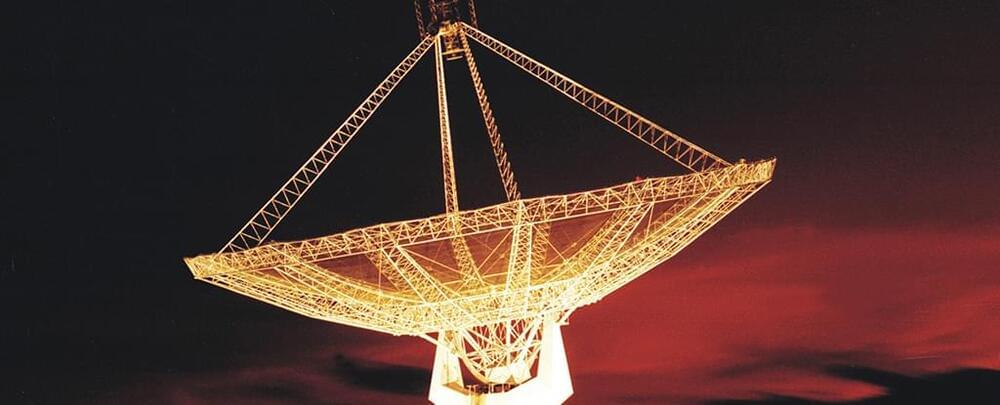
Hydrogen is a key building block of the cosmos. Whether stripped down to its charged core, or piled into a molecule, the nature of its presence can tell you a lot about the Universe’s features on the largest of scales.
For that reason astronomers are very interested in detecting signals from this element, wherever it can be found.
Now the light signature of uncharged, atomic hydrogen has been measured further from Earth than ever before, by some margin. The Giant Metrewave Radio Telescope (GMRT) in India has picked up a signal with a lookback time – the time between the light being emitted and being detected – of a huge 8.8 billion years.
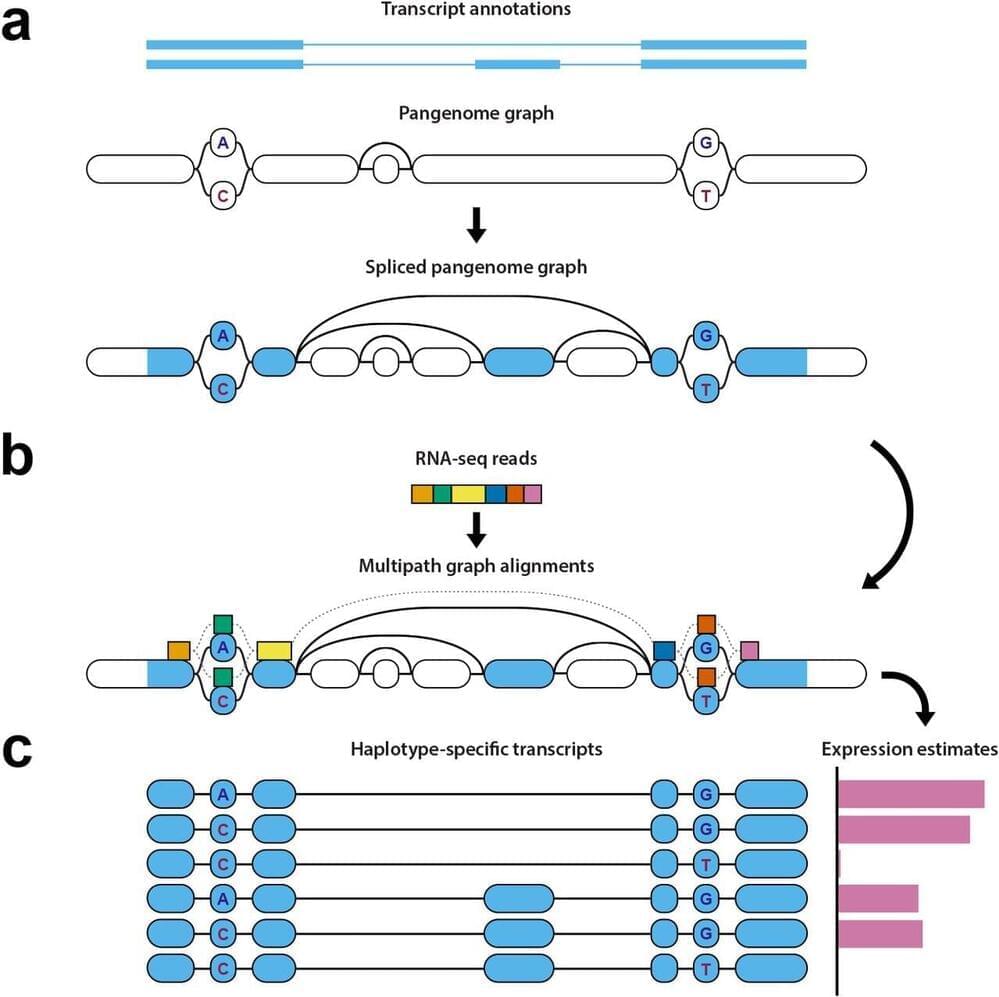
Analyzing a person’s gene expression requires mapping their RNA landscape to a standard reference to gain insight into the degree to which genes are “turned on” and perform functions in the body. But researchers can run into issues when the reference does not provide enough information to allow for accurate mapping, an issue known as reference bias.
In a new paper published in the journal Nature Methods, researchers at UC Santa Cruz introduce the first-ever method for analyzing RNA sequencing data genome-wide using a “pantranscriptome,” which combines a transcriptome and a pangenome—a reference that contains genetic material from a cohort of diverse individuals, rather than just a single linear strand.
A group of scientists led by UCSC Associate Professor of Biomolecular Engineering Benedict Paten have released a toolkit that allows researchers to map an individual’s RNA data to a much richer reference, addressing reference bias and leading to much more accurate mapping.
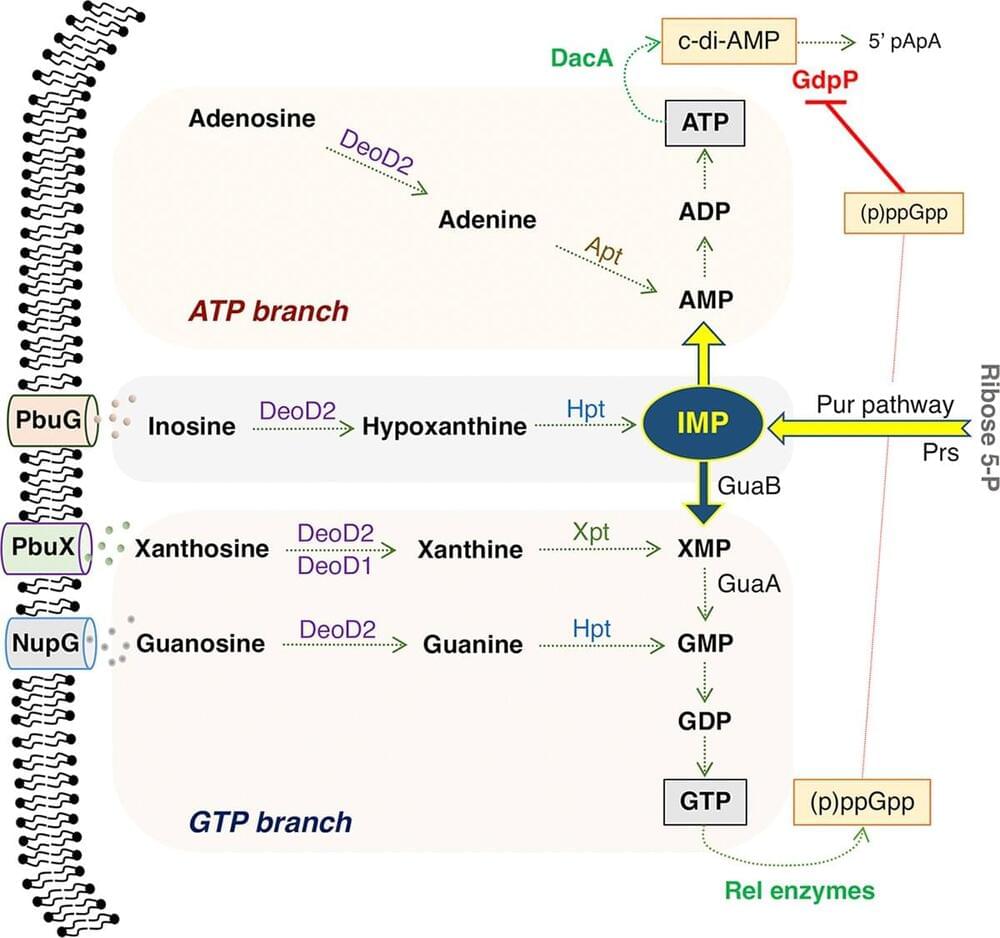
Scientists at University of Galway delved into the issue of antimicrobial resistance—one of the greatest threats to human health—discovering the potential to improve treatment options for superbug MRSA infections using penicillin-type antibiotics that have become ineffective on their own.
The research has been published in the journal mBio.
Professor James P O’Gara and Dr. Merve S Zeden in the School of Biological and Chemical Sciences, University of Galway, led the study.
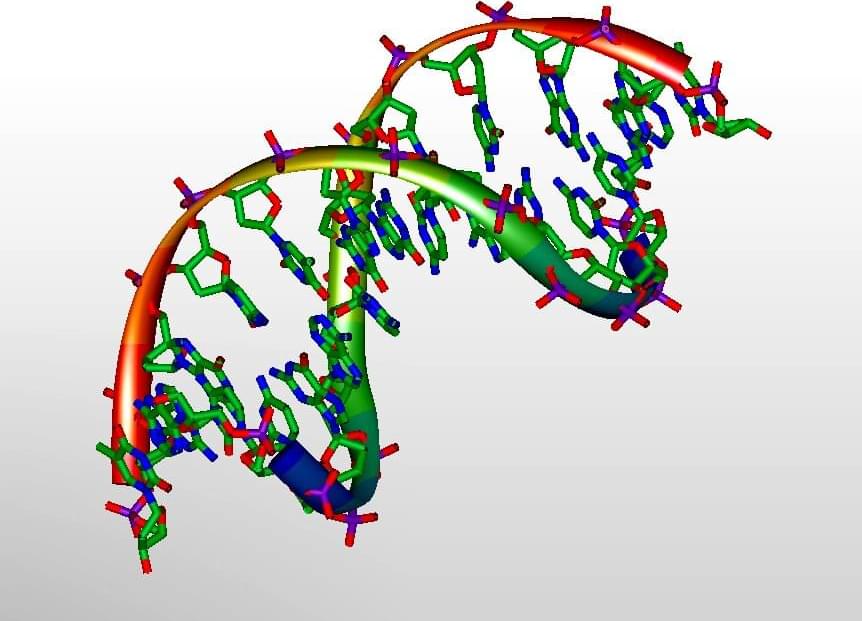
Many genetic diseases are caused by diverse mutations spread across an entire gene, and designing genome editing approaches for each patient’s mutation would be impractical and costly.
Investigators at Massachusetts General Hospital (MGH) have recently developed an optimized method that improves the accuracy of inserting large DNA segments into a genome.
This approach could be used to insert a whole normal or “wild-type” replacement gene, which could act as a blanket therapy for a disease irrespective of a patient’s particular mutation.
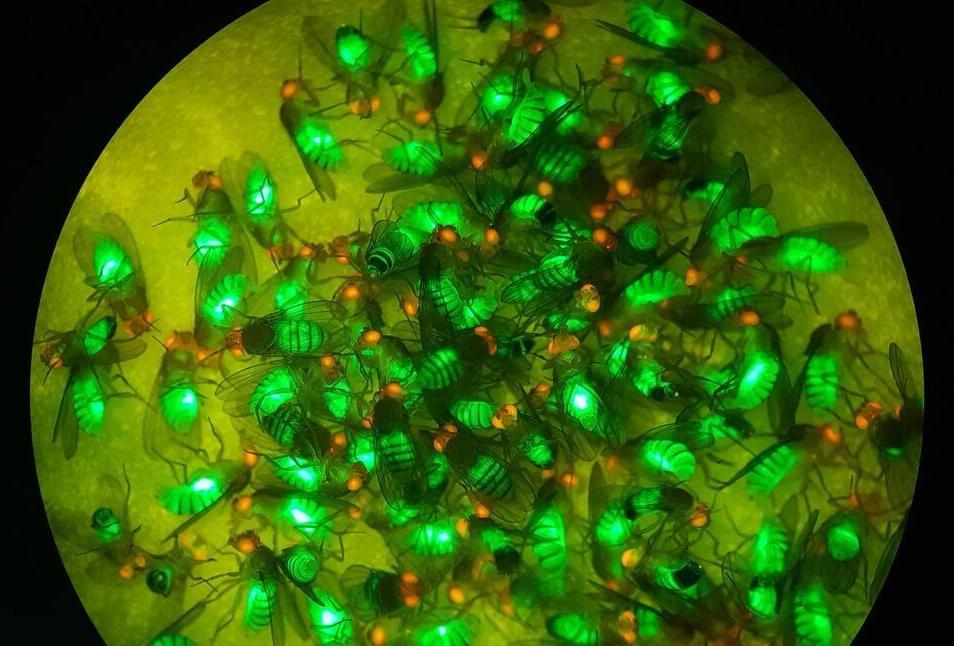
Scientists continue to expand the technological frontiers of CRISPR, along with its enormous potential, in areas ranging from human health to global food supplies. Such is the case with CRISPR-based gene drives, a genetic editing tool designed to influence how genetic elements are passed from one generation to the next.
Gene drives designed for mosquitoes have the potential to curb the spread of malarial infections that cause hundreds of thousands of deaths each year, yet safety issues have been raised because such drives can spread quickly and dominate entire populations. Scientists have explored the principles governing the spread of gene-drive elements in targeted populations such as mosquitoes by testing many different combinations of components that constitute the drive apparatus. They have found, however, that there’s still more to explore and that key questions remain.
In the journal Nature Communications, University of California San Diego researchers led by former Postdoctoral Scholar Gerard Terradas, together with Postdoctoral Scholar Zhiqian Li and Professor Ethan Bier, in close collaboration with UC Berkeley graduate student Jared Bennett and Associate Professor John Marshall, describe the development of a new system for testing and developing gene drives in the laboratory and safely converting them into tools for potential real-world applications.
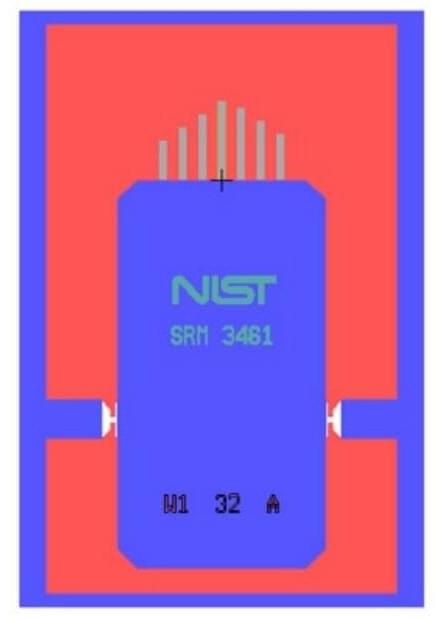
Atomic force microscopy (AFM) is a popular technique for interrogating surfaces on the micro and nano scales. The most common use for AFM is imaging; however, there are a variety of more specialized AFM techniques that can be used to determine electrical, mechanical, and chemical properties of surfaces. To adequately control the application of forces to surfaces for these techniques (especially mechanical property measurements), accurate stiffness calibrations of test cantilevers should be used.
There are a variety of test cantilever stiffness calibration techniques available, based on dimensional, static force and displacement, and dynamic vibrational methods, but in general, these have large uncertainties in the range of ± 10% to ± 30% and unknown accuracy. More rigorous calibrated balance techniques, with SI traceability have been pioneered, mostly by National Metrology Institutes (NMIs), but their complexity, expense, and time-consuming operation make them an out-of-reach technique for most AFM researchers. The reference cantilevers represented by NIST SRM 3,461 are an accurate and precise force calibration artifact for use in the field.
SRM 3,461 is a silicon microfabricated device containing seven cantilevers of carrying length and stiffness is used for validating methods for determining the stiffness of atomic force microscope (AFM) cantilevers as well as directly calibrating AFM test cantilevers using the reference cantilever method.
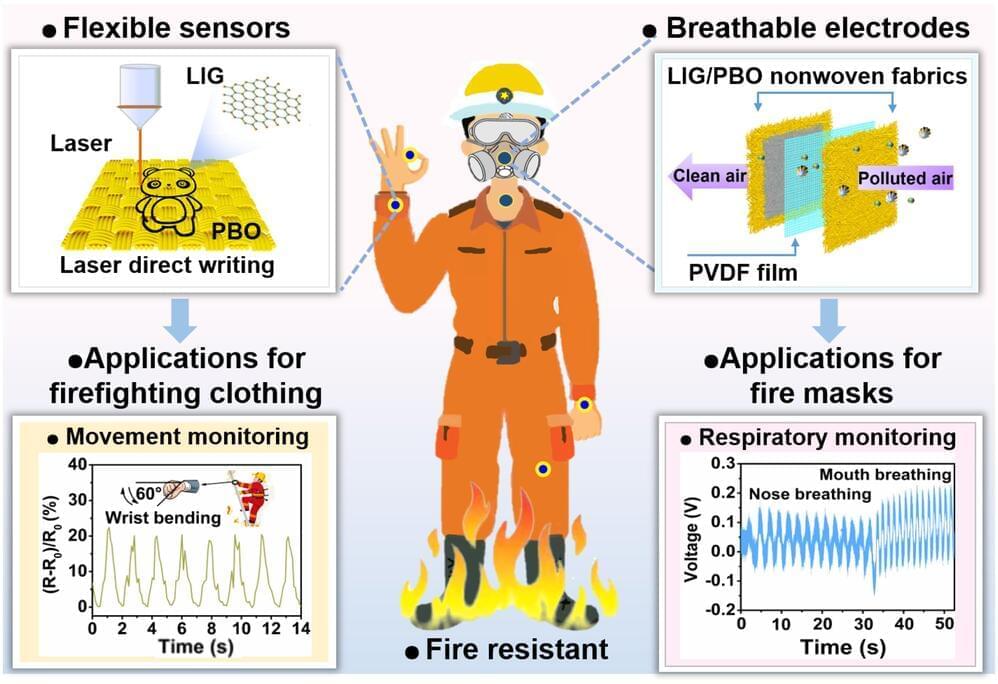
Firefighting may look vastly different in the future thanks to intelligent fire suits and masks developed by multiple research institutions in China.
Researchers published results showing breathable electrodes woven into fabric used in fire suits have proven to be stable at temperatures over 520ºC. At these temperatures, the fabric is found to be essentially non-combustible with high rates of thermal protection time.
The study was published on January 12, 2023 in Nano Research.
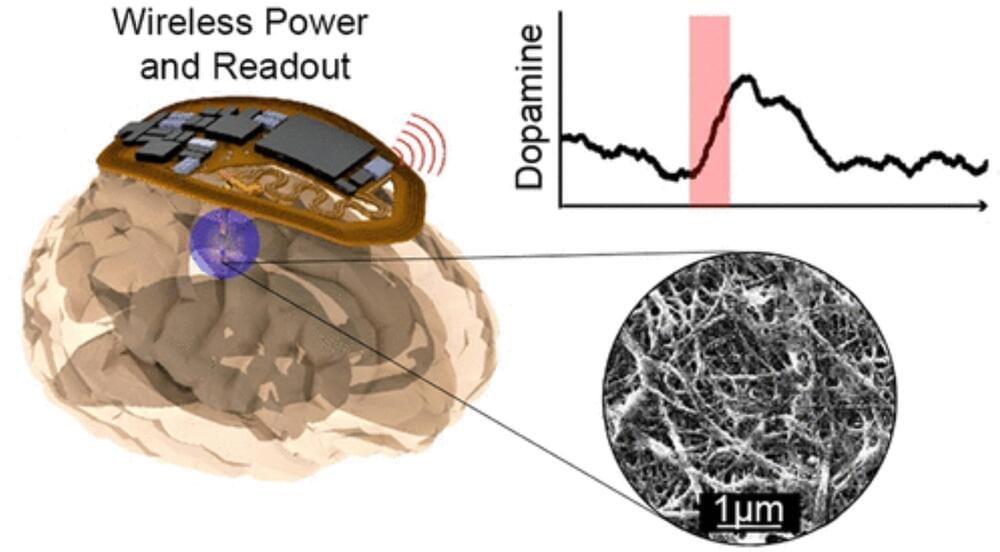
Scientists have developed a wireless, battery-free implant capable of monitoring dopamine signals in the brain in real-time in small animal models, an advance that could aid in understanding the role neurochemicals play in neurological disorders.
The device, detailed in a study published in ACS Nano, activates or inhibits specific neurons in the brain using light, a technique known as optogenetic stimulation. It also records dopamine activity in freely behaving subjects without the need for bulky or prohibitive sensing equipment, said John Rogers, Ph.D., the Louis Simpson and Kimberly Querrey Professor of Materials Science and Engineering, Biomedical Engineering and Neurological Surgery, and a co-author of the study.
“This device allows neuroscientists to monitor and modulate brain activity in real-time and in a programmable fashion, in mice—a very important class of animal model for neuroscience studies,” Rogers said.
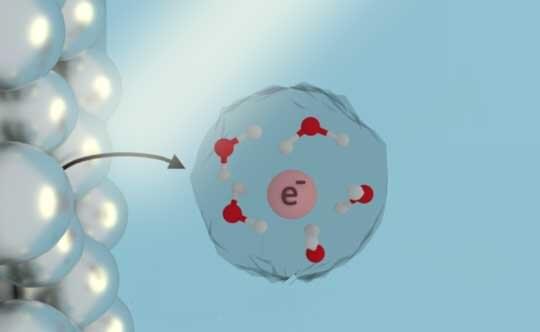
There are many ways to initiate chemical reactions in liquids, but placing free electrons directly into water, ammonia and other liquid solutions is especially attractive for green chemistry because solvated electrons are inherently clean, leaving behind no side products after they react.
In theory, solvated electrons could be used to safely and sustainably break down carbon dioxide or chemical pollutants in contaminated water, but it has been impractical to find out because they’ve been difficult and expensive to make in pure form.
That could change thanks to new research from chemists at Rice University, Stanford University and the University of Texas at Austin. In a published study in the Proceedings of the National Academy of Sciences, researchers from the Center for Adapting Flaws into Features (CAFF) uncovered the long-sought mechanism of a well-known but poorly understood process that produces solvated electrons via interactions between light and metal.